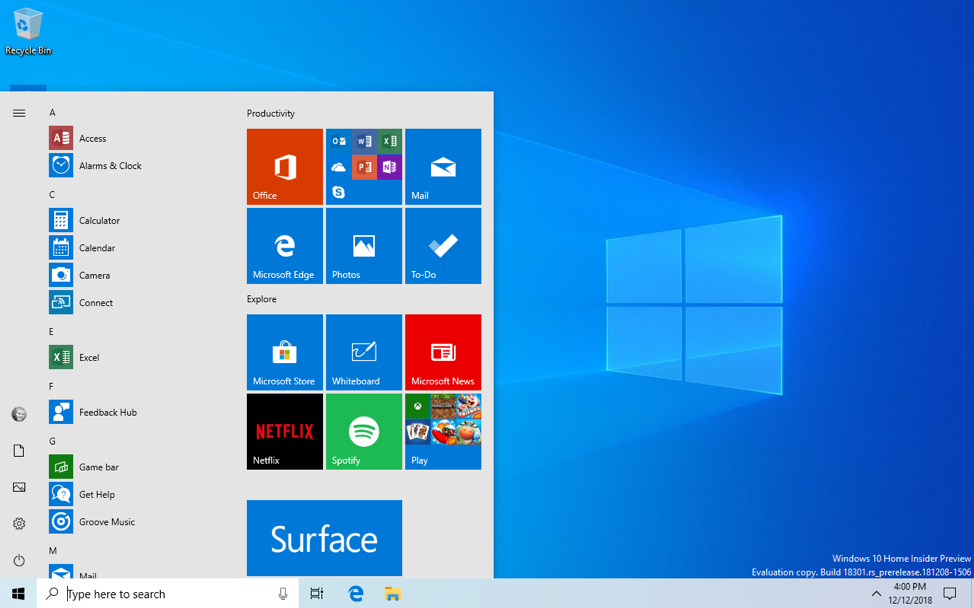Windows server devices failing to boot with error 0xc0000001, Microsoft is working on a fix
2 min. read
Published on
Read our disclosure page to find out how can you help MSPoweruser sustain the editorial team Read more

Windows server devices recently hit with a new bug. Affected computers running Windows Server are failing to boot, with an error “Status: 0xc0000001, Info: A required device isn’t connected or can’t be accessed.” Various versions of Windows 10 including 1903, with the KB4503293, KB4503327, and KB4503286 cumulative updates installed, are facing the boot issue.
However, not all computer, with Windows Server installed, are facing the issue. Microsoft says that those devices that start up using Preboot Execution Environment (PXE) images from Windows Deployment Services (WDS) or System Center Configuration Manager (SCCM) will the get the error 0xc0000001.
Unfortunately, there isn’t any workaround available just yet, but Microsoft has issued a workaround, which can mitigate the issue.
To mitigate this issue on an SCCM server:
- Verify Variable Window Extension is enabled. (This setting is not available on Windows Server 2008 SP2 or Windows Server 2008 R2 SP1)
- Set the values of TFTP block size to 4096 and TFTP window size to 1. For guidance on how to configure them, see Customize the RamDisk TFTP block and window sizes on PXE-enabled distribution points.
Note Try the default values for TFTP block size and TFTP window size first but depending on your environment and overall settings, you may need to adjust them for your setup. You can also try the Enable a PXE responder without Windows Deployment Service setting. For more information on this setting, see Install and configure distribution points in Configuration Manager.
To mitigate this issue on a WDS server without SCCM:
- In WDS TFTP settings, verify Variable Window Extension is enabled. (This setting is not available on Windows Server 2008 SP2 or Windows Server 2008 R2 SP1)
- In the Boot Configuration Data (BCD) of the imported image, set RamDiskTFTPBlockSize to 1456.
- In the BCD of the imported image, set RamDiskTFTPWindowSize to 4.
Note Try the default values for RamDiskTFTPBlockSize and RamDiskTFTPWindowSize first but depending on your environment and overall settings, you may need to adjust them for your setup.
Microsoft said that it’s working on a fix and that it should be available in future cumulative updates.
Via: BleepingComputer








User forum
0 messages